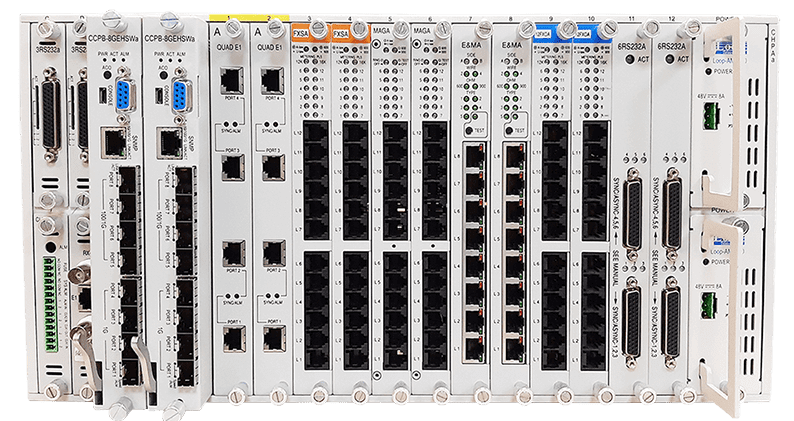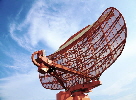|
 TDM - Time Division Multiplexing TDM - Time Division Multiplexing
Our TDM products, including T1 and OC3, provide a robust and reliable foundation for your network needs. These solutions are designed to support traditional Time Division Multiplexing (TDM) services while offering a seamless migration path to modern packet transport technologies. By transitioning to packet transport, you can enhance your network’s scalability, efficiency, and flexibility, ensuring it meets the demands of today’s digital landscape. This migration path not only supports high-speed data, voice, and video services but also reduces operational costs and complexity. Embrace the future with our TDM products that pave the way for innovative advancements like 5G and beyond, ensuring your network remains competitive and future-proof.
Time Division Multiplexing (TDM) is a technique used to transmit multiple signals over a single communication channel by dividing the available time into fixed-length time slots. Each signal is assigned a specific time slot, allowing multiple signals to share the same channel without interfering with each other.
In the telecom world this is typically over T1/E1 and SONET/SDH.
Here’s a brief overview of how TDM works:
Signal Division: The incoming signals are divided into equal, fixed-length time slots.
Multiplexing: These time slots are then combined into a single stream and transmitted over the TDM connection, e.g. T1/E1.
De-multiplexing: At the remote end, the TDM stream is separated back into individual signals based on their time slots.
TDM allows multiple voice and data conections to be transmitted over a single circuit. It can handle both analog and digital signals, but it’s more commonly used for digital signals due to its efficiency.
Today, TDM is largley a legacy technology, but is still widely used in telecommunications, especially in low-latency applications, particularly in application that are high-reliablity, and latency sensitive such as the Power and Transportation utility sector.
PSI provides TDM solutions from a variety of vendors, most notably Loop Telecom.
|






